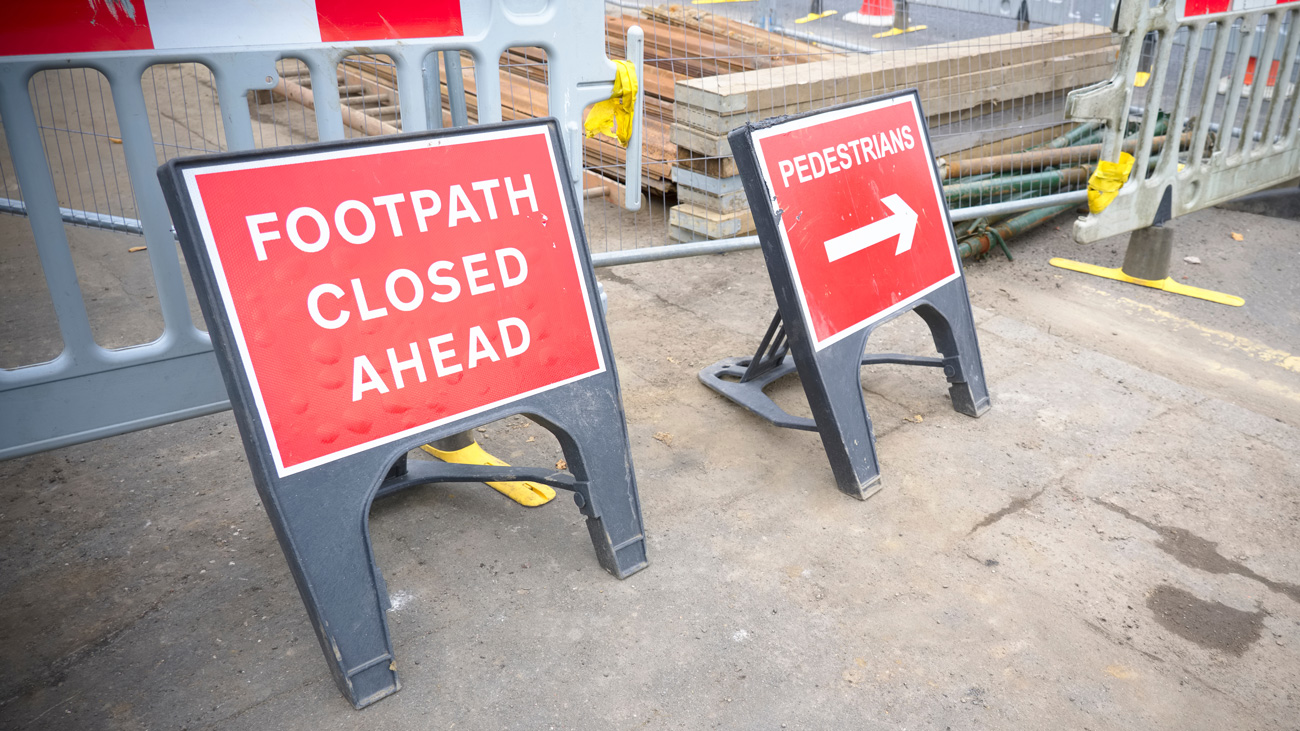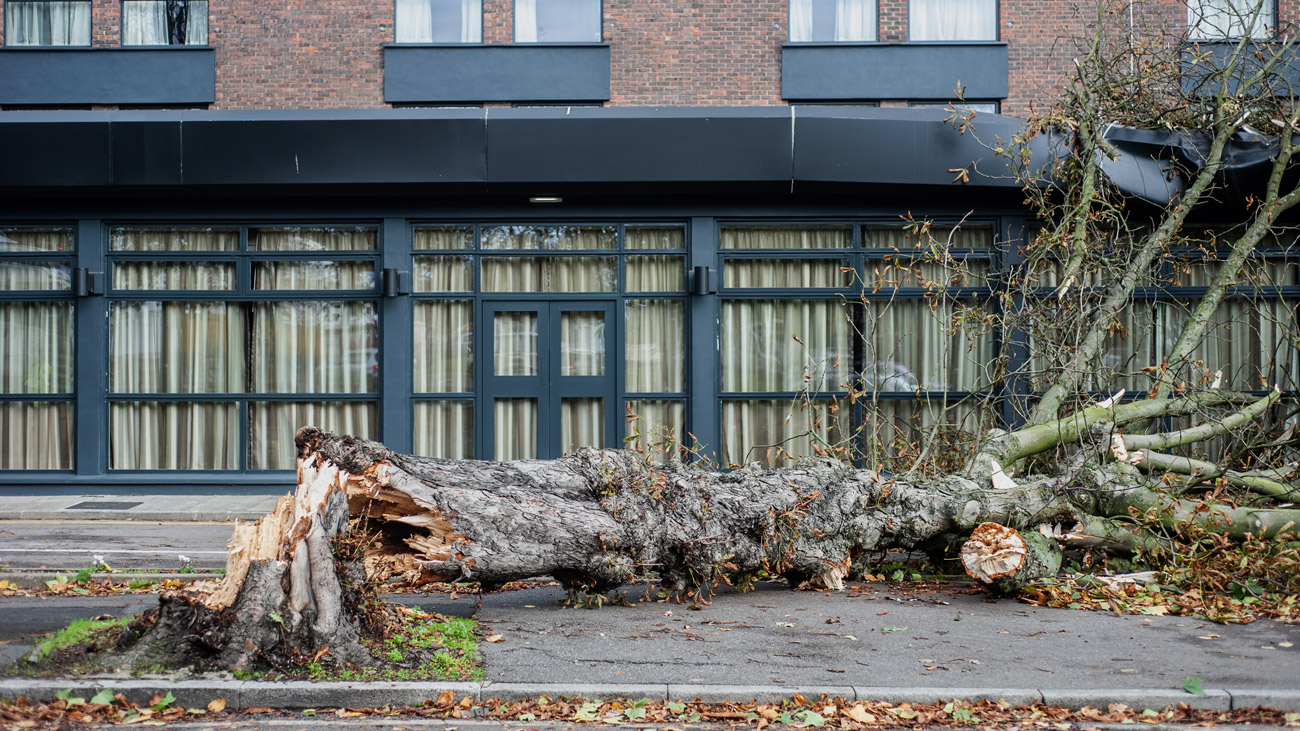
Corporate manslaughter conviction raises importance of pedestrian routes
A recent corporate manslaughter case has highlighted the importance of providing separate pedestrian and traffic routes on work sites and the legal responsibility to do so. Agency worker Dean Atkinson lost his life when he was struck and run over by a vehicle at Ward Recycling Limited’s premises in January 2020.
HSE inspector Stephen Garner said Mr Atkinson’s death could have been prevented had Ward Recycling implemented an alternative traffic route for pedestrians at its site.
Mr Atkinson had been returning from the site’s welfare cabins to his workstation on the picking line. To do so, he needed to walk across a traffic area at the site where mobile plant, including two loading shovels, operated. One of the loading shovels struck and killed Mr Atkinson when he was walking in the traffic area.
The HSE investigation into the incident found Ward Recycling failed to protect pedestrians from the mobile plant operations it was carrying out at the site. There were no suitable traffic management arrangements in place, meaning pedestrians were at risk of being struck by moving vehicles, including loading shovels.
Ward Recycling Limited was found guilty of breaching Section 1 of the Corporate Manslaughter and Corporate Homicide Act 2007, and Section 2(1) and Section 3(1) of the Health and Safety at Work etc Act 1974. The company was fined £1.75m for corporate manslaughter and £400,000 for breaching health and safety regulations at Middlesbrough Crown Court on 26 January 2024.
HSE inspector Stephen Garner said:
“This tragic incident could easily have been avoided if Ward Recycling had implemented simple control measures. Following the incident, it took the company less than a week to put in place an alternative traffic route to protect pedestrians.”
The HSE offers the following guidance:
- By law, pedestrians or vehicles must be able to use a traffic route without causing danger to the health or safety of people working near it.
- Roadways and footpaths should be separate whenever possible.
- You need to consider protection for people who work near vehicle routes.
- By law, traffic routes must also keep vehicle routes far enough away from doors or gates that pedestrians use, or from pedestrian routes that lead on to them, so the safety of pedestrians is not threatened.
Questions to ask
Your risk assessment should include answers to these questions:
- How are pedestrians and cyclists kept away from vehicles?
- How do you mark out and sign vehicle and pedestrian areas?
- Where do vehicles and pedestrians have to use the same route?
- How do you mark out and sign crossing points
- - For drivers?
- - For pedestrians?
- How do you tell drivers and pedestrians about the routes and the layout? For example:
- - Staff who work on site (training).
- - New staff (induction).
- - Visitors.
- Apart from collisions, what else presents a health and safety risk? For example:
- - Materials falling from vehicles.
- - Noise.
- - Fumes.
- How can you manage these risks?
Pedestrians and cyclists
A driver, pedestrian or cyclist needs enough time to react successfully if they meet one another (for example, where there is limited visibility or where other noise might mask the approach of a vehicle).
Wherever it is reasonable to do so, you should provide separate routes or pavements for pedestrians to keep them away from vehicles. The most effective way to do this is to separate pedestrian from vehicle activity, by making routes entirely separate.
Limited access
Pedestrians should be kept away from areas where vehicles are working unless they need to be there. A good example of this is quarry working, where drivers are usually not allowed out of their vehicles beyond a certain point to make sure they are safe where large surface mining vehicles are operating.
Barriers and markings
Effective ways to keep vehicles away from pedestrian areas include:
- Protective barriers;
- Clear markings to set apart vehicle and pedestrians routes; and
- Raised kerbs to mark vehicle and pedestrian areas.
Where needed, provide suitable barriers or guard rails:
- At entrances and exits to buildings;
- At the corners of buildings; and
- To prevent pedestrians from walking straight on to roads.
Crossing points
Where pedestrian and vehicle routes cross, provide appropriate crossing points for people to use. Pedestrians, cyclists and drivers should be able to see clearly in all directions. Crossing points should be suitably marked and signposted, and should include dropped kerbs where the walkway is raised from the driving surface.
Where necessary, provide barriers or rails to prevent pedestrians from crossing at dangerous points and to direct them to the crossing places. Similarly, you can use deterrent paving to guide pedestrians to the crossing points.
Find out more about organising traffic routes to keep pedestrians safe.








